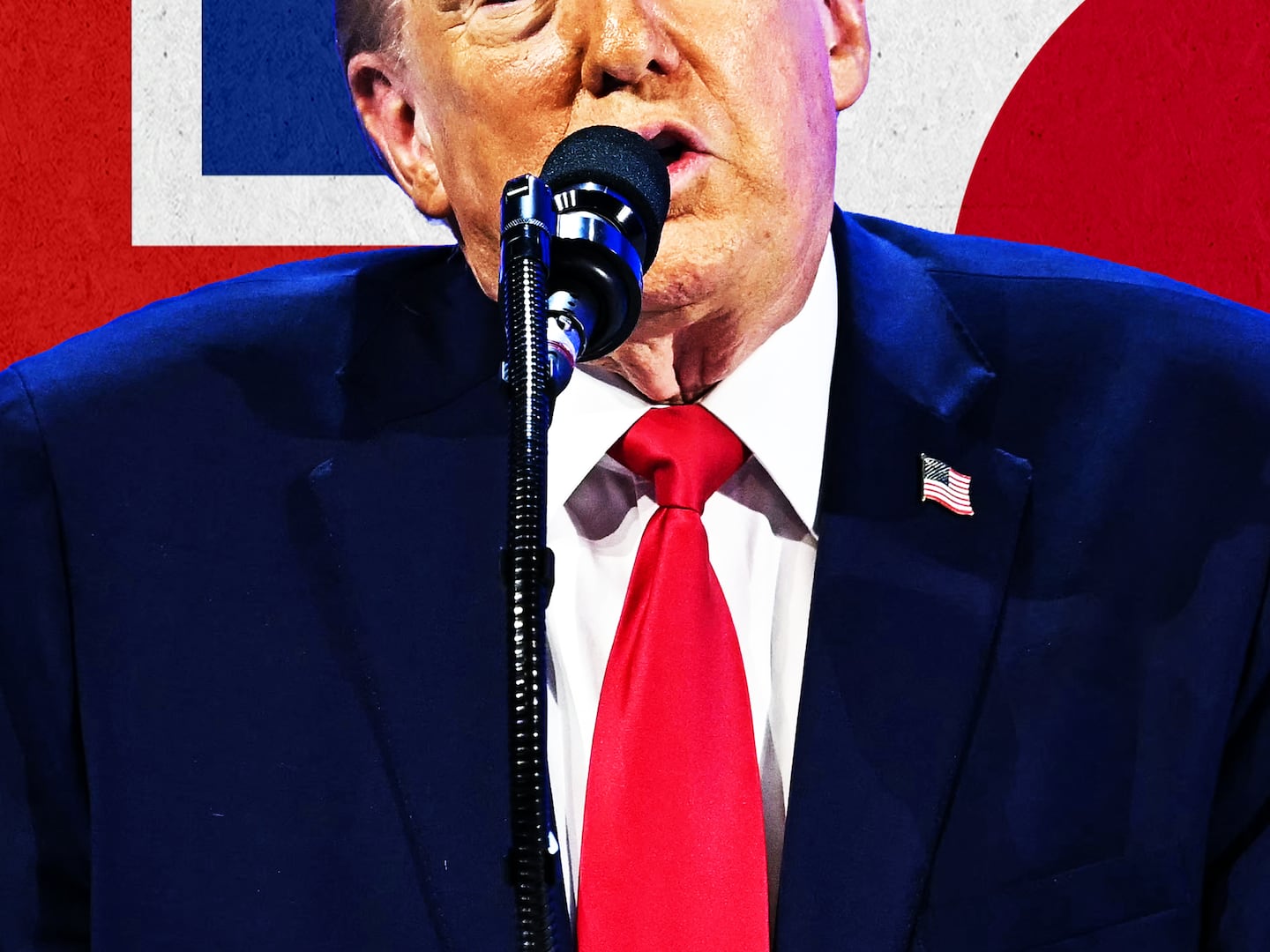For my partner and I—neither of us particularly ancient—coming out was awkward and messy. For a rising generation of social media stars just a few years younger than us, it’s a polished production.
Coming out videos are one of the most popular genres of videos on YouTube. According to a report published on the YouTube Trends blog, there were over 36,000 videos on the platform as of last February, 9,600 of which had been posted within the last year. For some of the most popular vloggers, like Aaron and Austin Rhodes, the view counts are in the millions.
Last October, when YouTube star Trevor Moran came out as gay, he racked up a million views and generated a dozen headlines. Shane Dawson’s bisexual coming out video attracted 7,000,000 views and an official note of congratulations from the Human Rights Campaign. Ingrid Nilsen’s “Something I Want You to Know (Coming Out)” surpassed it with 13,000,000 views.
When traditional media celebrities come out on social media, the splash is just as large. A week ago, Hunger Games actress Amandla Stenberg came out as bisexual while operating Teen Vogue’s Snapchat account. Cue Teen Vogue with the exclusive scoop: “Amandla Stenberg Identifies as a Black, Bisexual Woman.”
At this point, coming out videos have reached such a critical mass that media outlets and even other YouTubers are starting to produce lists of the “Best Coming Out Videos” or even the “Top 5” or the “Top 10 Biggest YouTubers Who Came Out as Gay,” as if they could be ranked somehow. Yahoo declared YouTube the “in” place to come out. There’s even an instructional video on YouTube about how to come out on YouTube.
The more coming out videos YouTube creators produce, the more conventional the genre has become: Most are well-lit, tightly-framed talking heads with text reading “I’m Gay” or “Coming Out” superimposed on the thumbnail. They typically open with a bit of build-up to the magic words. Nilsen’s, for example, opens with a big sigh followed by “OK, I’m doing this,” and then it happens. The reveal: “I’m gay.”
I’m firmly in favor of more people coming out as LGBT, especially brave younger people who are getting it out of the way early on in life. Millennials are by far the gayest generation or, at least, the generation most likely to openly identify as LGBT according to the Public Religion Research Institute. The overall proportion of LGBT people in the population likely hasn’t changed, so that finding speaks mostly to a reduction of stigma around non-normative gender and sexual identities. That can’t be anything but good.
But maybe this YouTube coming out trend isn’t all good. When we’re generating listicles of the best young people to disclose their sexual identities, it’s probably time to take a step back and re-evaluate.
One reason to be suspicious is the obvious fact that YouTube is making money off of the popularity of coming out videos. According to YouTube Trends, all the videos in the genre have collectively accrued more than 300,000,000 views. Estimates of revenue per view vary but, roughly speaking, content creators could have collectively made close to half a million dollars from disclosing their identities on the platform. YouTube’s earnings would be comparable, based on the 45/55 revenue split.
I’m nowhere near cynical enough to suggest that young YouTubers are coming out for the money. For a generation that practically breathes video, where else would they make a big announcement? Vlogging is a new medium, and for popular creators, it’s not uncommon to feel a personal connection to their subscribers.
But I am cynical enough to believe that YouTube could possibly have an interest in the ad revenue from mega-viral coming out videos, that lead to Ellen appearances, that lead to even more views. Between the Trends post and an official LGBT compilation video in which they included several comings out, YouTube is certainly not discouraging the format of the coming out video.
But if LGBT kids and young adults get to come out and everyone makes a little money in the process, what’s the harm?
After all, it’s not as if people should avoid being themselves on social media. As our lives become increasingly digital, it’s expected that the act of coming out would fundamentally change. Last October, for example, in honor of National Coming Out Day, Facebook revealed that approximately 800,000 Americans came out on Facebook—a number they uncovered by tracking updates to sexual orientation and gender identity on users’ profiles.
The problem, though, isn’t necessarily how people are coming out; it’s that a surrounding Internet discourse, hungry for big reveals, swallows and amplifies their stories, to the exclusion of other more important facets of LGBT experience. Coming out, after all, isn’t a one-way ticket to freedom and it’s hardly the end of most people’s stories.
In the supposedly liberated 1960s, when the prevailing wisdom was that sexuality was repressed and we needed to let it out, French philosopher Michel Foucault pointed out how often the social forces that we claim silence us, actually encourage us to talk about sexuality in order to bring us further under their control.
“There is a very significant difference between interdictions [or prohibitions] about sexuality and other forms of interdiction,” he wrote. “Unlike other interdictions, sexual interdictions are constantly connected with the obligation to tell the truth about oneself.”
His chief example: The Catholic Church doesn’t prohibit discussion of sex, it actually invites us to talk about it at length in the confession booth, to tell the truth about ourselves over and over again.
Foucault’s point wasn’t that we should all shut up, stay in the closet, and assimilate to the mainstream—he was himself a gay political radical—but rather that we should be wary of believing that we always free ourselves when we come out.
As gender theorist Judith Butler would later write, “Conventionally, one comes out of the closet... so we are out of the closet, but into what? What new unbounded spatiality?”
Identity categories like lesbian, gay, bisexual, and transgender can be necessary in order to make sense of our experiences but they can also become boxes that constrain them. A modern example: Men disclose that they are gay but then the FDA regulates their ability to donate blood.
YouTube and Snapchat might feel like realms of endless freedom and individual expression—what Butler called “unbounded spatiality”—but how far are they, really, from the confession booth? And what new constraints are waiting once the coming out bubble bursts? Should we be alarmed that Facebook is apparently closely monitoring users’ gender and sexual identities, or that YouTube keeps track of how many views LGBT creators get when they come out? Probably.
It’s especially telling that traffic to coming out videos dwarfs traffic to vlogs about other aspects of LGBT life. Sure, something salacious like lesbians touching a penis for the first time will rack up the views but check the count on a video about a transgender woman discussing the problems with chromosome-based sex determination or a video about biphobia in the lesbian community.
The public loves the first part of the LGBT story—the tearful confession, the catharsis, the dramatic declaration—but it doesn’t seem to want to stick around to find out what happens next. They love the “I Am” but the “So what?” Not so much.
It’s the same reason nearly 17 million people tuned in to watch Caitlyn Jenner come out but almost no one watched I Am Cait. There’s a universal appeal to the coming out section of the story because it soothes us into believing that we always have the power to shape our circumstances, instead of the other way around.
The nitty-gritty details of what it’s like to actually be LGBT—the information that would help build empathy, and that could lead to further social change and legislative action—doesn’t provide that same reassurance.
This doesn’t mean that the new kids on the digital block are to blame for public apathy toward LGBT issues. But it does call into question the enterprise of coming out on social media in carefully-produced videos and the furor that surrounds it: What is it accomplishing? Who’s watching, and why?






